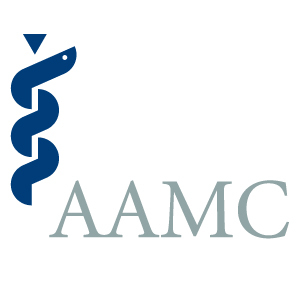 New data from the Association of American Medical Colleges show that during the 2015-16 academic year, 5,505 Black students were enrolled in U.S. medical schools. They made up 6.3 percent of all medical students in the United States. The new data also identifies the U.S. medical schools who enrolled the most Black students during the 2015-16 academic year.
New data from the Association of American Medical Colleges show that during the 2015-16 academic year, 5,505 Black students were enrolled in U.S. medical schools. They made up 6.3 percent of all medical students in the United States. The new data also identifies the U.S. medical schools who enrolled the most Black students during the 2015-16 academic year.
It comes as no surprise that three historically Black medical schools hold the top three spots on the list. Meharry Medical College in Nashville, Tennessee, enrolled the most Black students with 342. Howard University School of Medicine in Washington enrolled 286 Black students and the Morehouse School of Medicine in Atlanta had 189 Black students.
Among the predominantly White medical schools, the University of Illinois led the way with 133 Black students. They made up 9.3 percent of all students at the medical school. At Indiana University, 122 Black students were enrolled. They made up 8.5 percent of the student body. The only other U.S. medical school with more than 100 students was the University of Texas Medical Branch in Galveston, where Blacks were 11.4 percent of the student body.
There were no Black students whatsoever at the medical schools of the University of Hawaii, the University of North Dakota, the University of Minnesota-Duluth, and the University of South Dakota.












The post references absolute numbers for African-American enrollments in medical schools. However, these numbers are still single digit.
There are a number of majority medical schools whose total enrollments are smaller but who have significant double digit enrollments of under-represented minority students, (of which Blacks represent the larges percentage of URMs) who are not mentioned. Although there is much work to be done in this area, it must be noted that a number of schools are making significant progress in the identification, enrollment, and graduation of talented URMs, particularly African-Americans and have done so for years.
Is there a reason that these data were not provided? If available, will these data be provided to the readership?
Brenda E Armstrong, MD
Professor of pediatrics/Pediatric Cardiology
Associate Dean of Medical Education
Dean of Admissions
Duke University School of Medicine
The raw data is available here.